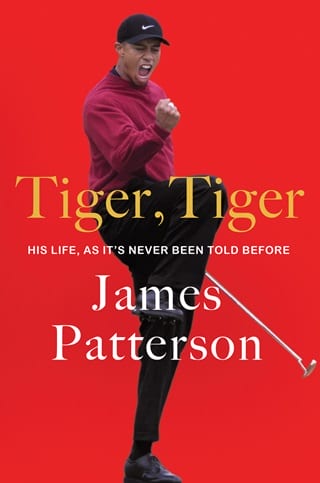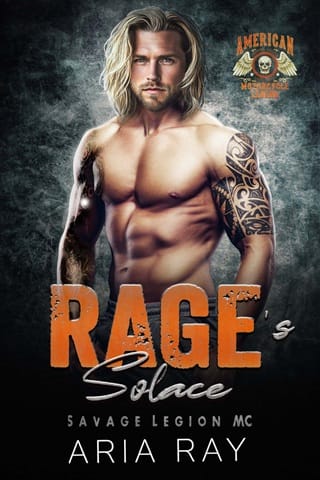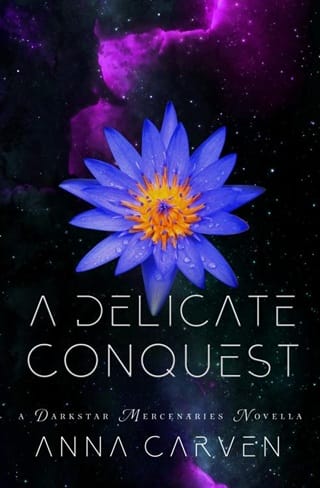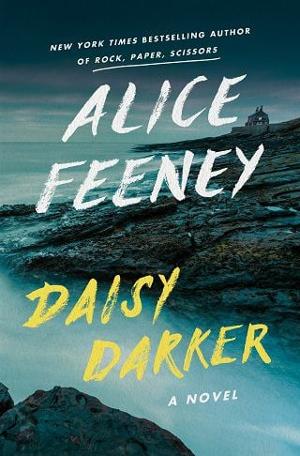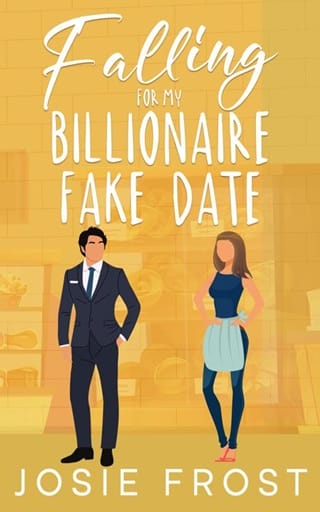Chapter 60
The 87th PGA Championship
Baltusrol Golf Club
Springfield, New Jersey
August 11–14, 2005
Charles Barkley has played with the best of the best. The Hall of Fame basketballer, who’s suited up for more than one thousand NBA games and countless golf pro-ams, is a popular commentator for TNT, known for calling it like he sees it.
Best trash talkers? “Michael Jordan and Tiger Woods,” Barkley says. “Michael thinks he’s Tiger Woods when he’s playing golf and Tiger Woods is just the greatest of all time. Michael is faking it and Tiger is just better than everyone else.” He’s been saying it for a long time. “I knew five years ago that Tiger was the best ever,” Barkley told Sports Illustrated in 2002. “I’ve played with Phil [Mickelson] and all those guys, and Tiger does things they can’t do. They’re intimidated by Tiger. They’re soft as s—. Black Jesus scares them.”
In mid-August 2005, with temperatures hovering around one hundred degrees, Barkley takes in the carnival atmosphere at New Jersey’s Baltusrol Golf Club. The 110-year-old course was named in 1895 in memory of Baltus Roll, a local farmer murdered by thieves in 1831. “I’ve often heard people say that the rough is so thick, it’s Baltus Roll getting his revenge,” says golf historian Bob Trebus. Jack Nicklaus won two U.S. Opens (1967, 1980) there, and calls the course “one of the finest in the world.”
The field is determined to get revenge on Tiger, who’s playing to match the feat he accomplished in 2000—winning three majors in one calendar year. On the first practice day, one bold fan parks his car in the space clearly marked TIGER WOODS, 1999, 2000 PGA CHAMPION. The car is towed by 9:20 a.m.
According to the New York Times, “New York’s pro” is Phil Mickelson. The charm that won over fans at the 2002 U.S. Open at Bethpage is on full display here at Baltusrol, making him the sentimental favorite.
“Phil’s the most talented golfer I’ve ever played with,” Barkley declares, “but if Phil worked as hard as Tiger, he’d be there every week too.”
Desert golfer Mickelson fares well in the heat, but Tiger struggles, narrowly making the cut after bogeying five holes in the second round. Mickelson tells Sports Illustrated, “If you’re looking for me to shed a tear, it’s not going to happen.”
Nature takes care of that. At 2:30 on Sunday afternoon, lightning strikes halt play for close to forty-five minutes. Tiger finishes his round, scoring 68 on the day for a 2-under 278. A second storm forces suspension of the remaining play until Monday morning.
From the clubhouse, Tiger examines the leaderboard. Of the twelve players who haven’t finished, three (including Mickelson) are ahead of him, and two are tied. It’s mathematically possible that he could be involved in a four-way playoff for the championship, but in an uncharacteristic move, Tiger takes a calculated risk and decides to leave for Orlando on Sunday night.
Despite bogeying the 16th on Monday morning, bringing the absent Tiger to within a single stroke, Mickelson ekes out a win for his second major. Steve Elkington and Thomas Bj?rn tie for second, and Tiger and Davis Love III tie for fourth.
Golfers theorize that Tiger’s best move would have been to appear on Baltusrol’s driving range on Monday, if only to gain a psychological advantage over his opponents heading out on the course. ESPN headlines its coverage of the “un-Tigerlike” no-show WOODS ALMOST COMMITTED COLOSSAL BLUNDER.
“Yeah, it was [risky], but also it really wasn’t, either,” Tiger argues. “These are the best players in the world. Look at who’s on that board. It wasn’t like guys who have never been there before.”
The Wanamaker Trophy isn’t yet engraved with Mickelson’s name when he comes to his rival’s defense, saying, “I hear him [Woods] getting a lot of flak for it, but my goodness, it was a nonfactor. It’s over with, let it go.”
 Fullepub
Fullepub 